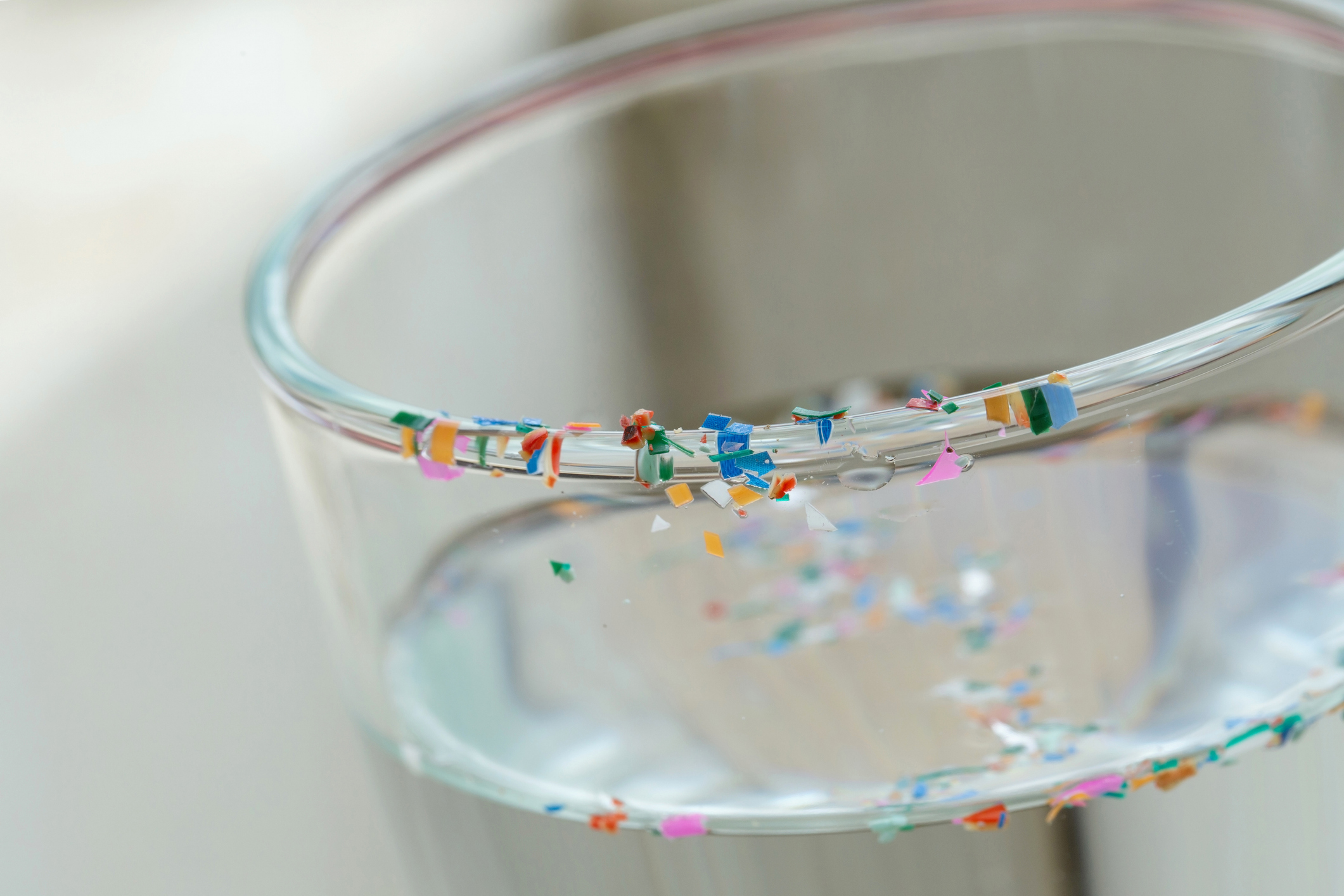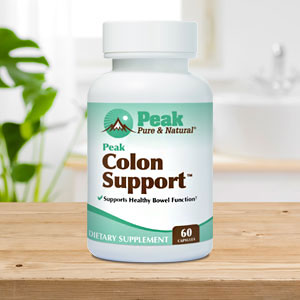Get Easy Health Digest™ in your inbox and don’t miss a thing when you subscribe today. Plus, get the free bonus report, Mother Nature’s Tips, Tricks and Remedies for Cholesterol, Blood Pressure & Blood Sugar as my way of saying welcome to the community!
Microplastics: From your gut to your kidneys, liver and brain

Microplastics have been confirmed to be in the air we breathe, the water we drink (both bottled water and from your faucet) and our bodies.
Scientists estimate that people are ingesting an average of five grams of microplastic particles a week. That’s the equivalent of eating a credit card!
And it’s building up in our bodies…
Research shows microplastics can enter the bloodstream and cross the blood-brain barrier. In the human brain, researchers warn this could potentially increase the risk of inflammation, neurological disorders or even neurodegenerative diseases such as Alzheimer’s or Parkinson’s.
Microplastics have even been found in the plaques that can clog our arteries.
Now, researchers at the University of New Mexico (UNM) have discovered that microplastics could make their way from your gut into the tissues of other organs like your kidneys, liver and brain.
Here’s what that could mean…
Microplastics migrate from the gut
The UNM researchers exposed mice to microplastics in their drinking water over a four-week period. They added an amount of microplastics equivalent to the quantity humans are believed to ingest each week.
Results showed that not only had the microplastics changed the microbiota in the gut, but they also migrated out of the gut into the tissues of the liver, kidneys and brain.
If that wasn’t bad enough, the microplastics also changed metabolic pathways in tissues they travelled to.
Dr. Eliseo Castillo, a UNM professor leading the charge on microplastics research, says “That tells us it can cross the intestinal barrier and infiltrate into other tissues.”
We’ve known for a while now that contaminants can permeate the gut lining. It’s what’s known as leaky gut and is already considered an open door to disease.
“These mice were exposed for four weeks,” he says. “Now, think about how that equates to humans if we’re exposed from birth to old age.”
Previously, Castillo and his team found that microplastics changed the function of macrophages — immune cells that are protective against foreign particles — causing them to release proinflammatory molecules.
“During intestinal inflammation — states of chronic illness such as ulcerative colitis and Crohn’s disease, which are both forms of inflammatory bowel disease — these macrophages become more inflammatory and they’re more abundant in the gut.”
Dodging the microplastic menace
Castillo says he hopes his continuing research will help spark changes in how society produces and filtrates plastics.
But knowing the potential health impacts, is there any way to avoid microplastics? Unfortunately, the answer is “not completely.” But you can take these steps to minimize your exposure.
However, you may have even more control over keeping your gut from becoming an open door for microplastics to sneak into your body.
Research indicates you can eliminate some of the microplastics you consume in your urine, bile, feces and other bodily fluids and wastes. Just be sure your gut isn’t working against you…
The condition known as leaky gut has been around long before the threat of plastics. It’s an “open door” through which harmful microbes and toxins enter your bloodstream, causing illnesses including celiac disease, allergies, asthma, multiple sclerosis and a host of autoimmune diseases.
The “open door” that provides easy entry results from intestinal permeability — loose junctures or gaps in the lining of the intestines — that may develop from numerous factors, including poor gut health, particularly constipation, as well as aging epithelial cells (cells that line the intestine) that are unable to repair themselves.
If constipation is a problem, improve your transit time. The shorter the time stool sits in your colon, the less time microplastics have to damage and infiltrate your gut lining to jump into your bloodstream.
Don’t forget to work up a sweat either. Because chemicals like BPA have been found in sweat, exercise may be another way to help rid your body of these contaminants.
Editor’s note: Have you heard of EDTA chelation therapy? It was developed originally to remove lead and other contaminants, including heavy metals, from the body. Its uses now run the gamut from varicose veins to circulation. Click here to discover Chelation: Natural Miracle for Protecting Your Heart and Enhancing Your Health!
Sources:
Microplastics make their way from the gut to other organs, UNM researchers find — EurekAlert!
In Vivo Tissue Distribution of Polystyrene or Mixed Polymer Microspheres and Metabolomic Analysis after Oral Exposure in Mice — Environmental Health Perspectives














